Acne is a skin condition characterised by red pimples and pesky whiteheads. Acne can affect anyone of any age. It is a common myth that acne can only affect teenagers. In fact, adults can suffer from acne too, and hormonal imbalances can often be the reason behind this. A common side effect of acne is acne scarring. Scars can occur when acne penetrates the skin deeply and damages the tissues beneath. These lesions irritate the skin and cause scars. While it may be harmless to leave the scars untreated, they can become an issue since they may affect one’s self-esteem and appearance.
Acne scars are stubborn, but there are different approaches to treatment. The good news is that modern cosmetic procedures can tackle acne scars effectively. They are more widely used and affordable than ever. And technological advancements can offer better results and shorter recovery periods, making them appropriate for people of every age and skin type. Understanding the options available for treating acne scarring can help anyone feel knowledgeable and make informed decisions about treatments and cosmetic procedures.
InMode is a leading global supplier of minimally invasive aesthetic equipment. We aim to develop revolutionary, game-changing solutions that improve health and beauty while revolutionising the cosmetics sector. Our technologies lead the industry in acne scarring treatments. We are dedicated to providing cosmetic treatments that can deliver transformational results with innovative technology. Read on to learn more about different technologies in the skin treatment space and how InMode can help with acne scarring.
What is acne? What is acne scarring?
Acne is a common skin condition caused by an overproduction of oil and the accumulation of dead skin cells. This irritation causes pimples, whiteheads and other blemishes to form on the skin. While acne is commonly found on the face, it can also occur on the neck, chest, and back.
From whiteheads and blackheads to cysts, acne can affect people of all ages and skin types. However, it’s important to understand the different types of acne so that you can properly treat your own. Whiteheads are small bumps with white centres filled with bacteria and oils. Blackheads are similar to whiteheads, but they appear darker because they are open bumps and are exposed to air more often. Blackheads are more commonly found on the nose. Cystic acne is the most severe form of acne, developing deep underneath the skin as painful bumps that contain pus. They occur when bacteria get trapped in the skin pores along with dead skin and oil. Cystic acne can occur on the face, back, chest and neck.
Skin treatments for acne scarring
For many acne sufferers, acne scarring can become a major problem. Unfortunately, acne scarring is much more difficult to treat than acne itself. While acne scarring can be difficult and cause emotional distress, there are good treatments available that can help reduce its appearance. Finding the right one often depends on each individual's unique skin type.
Depending on your skin type and the type of acne scarring you have, different treatments can provide varied results. It is important to find a clinic and get a professional opinion on which treatment would be most effective for your individual situation.
Laser resurfacing
Laser resurfacing is an effective treatment option for acne scarring, as it helps to minimise the appearance of acne scars by removing the surface layers of skin. The heat from the laser light also stimulates collagen production in order to rebuild the affected skin layers. The laser specifically targets the cells damaged or impacted by acne scars while leaving unaffected skin untouched, so sessions are non-invasive and safe. Patients need multiple sessions to achieve their desired results but typically see improvement after just one visit.
Microneedling
Microneedling is a popular acne treatment that uses tiny needles that puncture your skin's surface in order to stimulate collagen production and new cell growth. When tiny needles are inserted into the top layer of skin to treat acne scars, an increase in collagen formation occurs at the site of the micro-wounds. As a "filler," the extra collagen smooths out the skin surrounding the scars and enhances appearance.
When done correctly, microneedling has been shown to minimise acne scars and give patients smooth, even complexions. The benefits of the treatment are that it has minimal side effects and a quick recovery time.
Skin dermabrasion
Skin dermabrasion is a popular choice to reduce acne scarring. It is a simple cosmetic procedure that works by removing damaged or discoloured skin layers. The process involves using small, abrasive instruments to buff away the surface layer of skin, allowing your own body's healing processes to kick in and repair acne damage. After the treatment, new layers of healthy cells will grow in place of the removed, damaged ones, leaving behind smoother and more even-toned skin. Dermabrasion is minimally invasive and can be easily tailored to treat acne scars on any part of the body, providing long-lasting results with very little downtime.
Soft tissue fillers
Soft tissue fillers offer acne scar sufferers a minimally invasive option to improve the appearance of acne scars. These fillers are typically made from hyaluronic acid or collagen and can smooth out minor acne scarring, reduce deep acne scaring, or even out indentations in the skin. They are a solution that is simple and effective when it comes to reducing acne scarring.
Botox
Occasionally, the skin puckers around acne scars. By relaxing the skin around the injection site, Botox may help an acne scar look better. Botox requires repeated treatments to maintain the effect.
Chemical peels
Chemical peels have become widely used in acne scar treatment. Your doctor will apply a chemical solution to the scar tissue to remove the top layer of the skin and minimise visible damage to the skin. This process can make acne scars appear less prominent and generally give the skin a healthier look. The effectiveness of these chemical peels greatly depends on how deep the peel penetrates into the skin layers, as well as what type of acid is being used during the treatment.
Contact InMode to Learn More About Skin Treatments
InMode is passionate about harnessing innovative technologies to offer technologies and workstations that facilitate minimally invasive and non-invasive health and beauty procedures.
Our investment in radio frequency, light-based energy and laser technologies enables us to deliver on our promise to create innovative technologies that enhance beauty and well-being.
For more information about our range of workstations and technologies that provide aesthetic skin treatments, contact our team today.



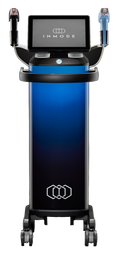
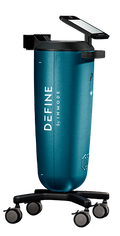
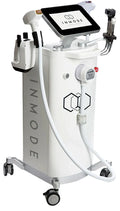
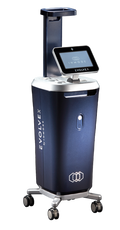
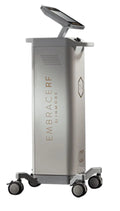
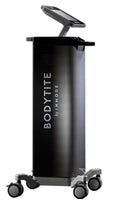
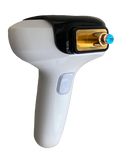
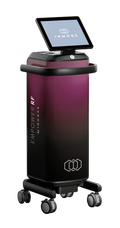
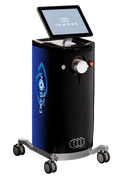
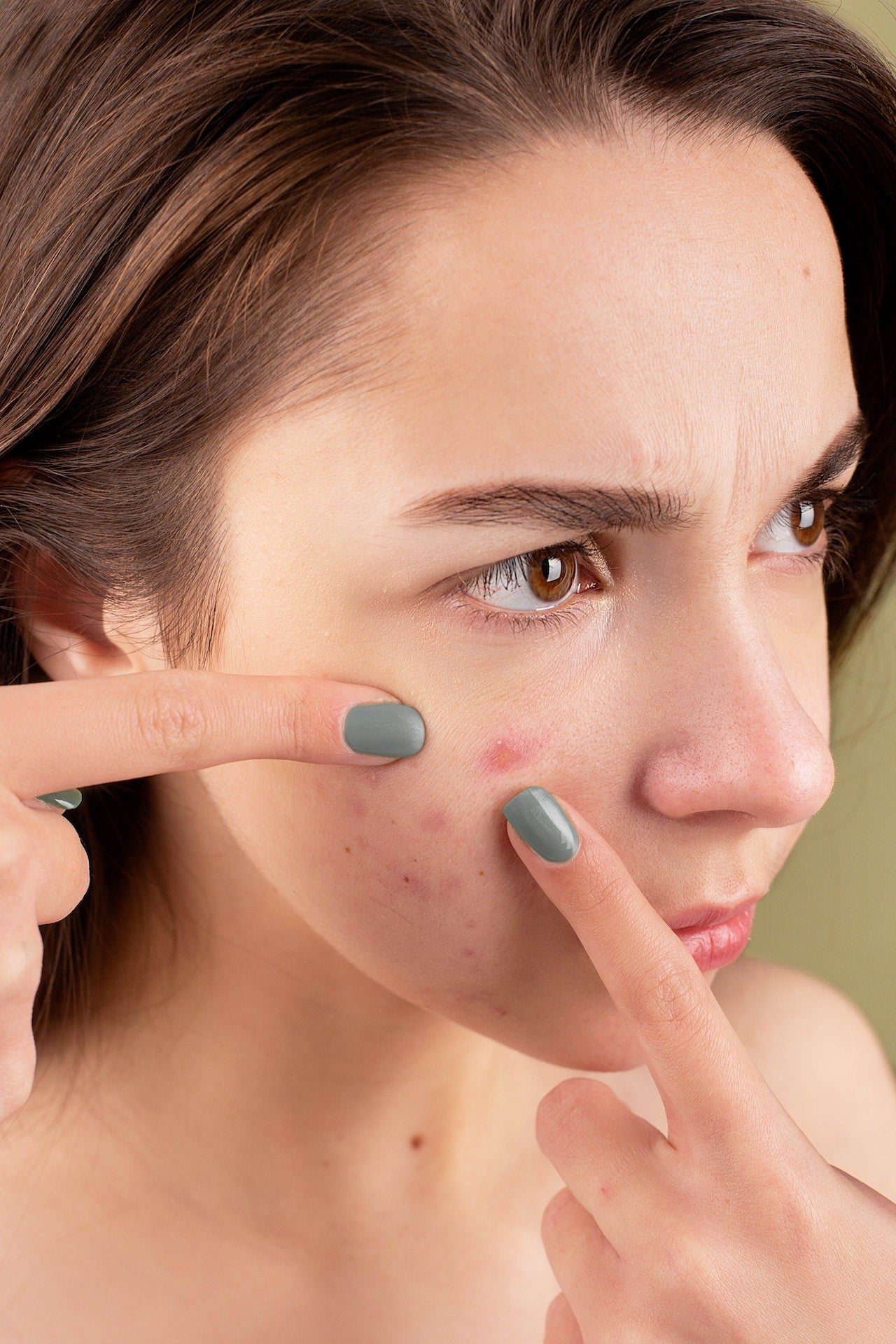
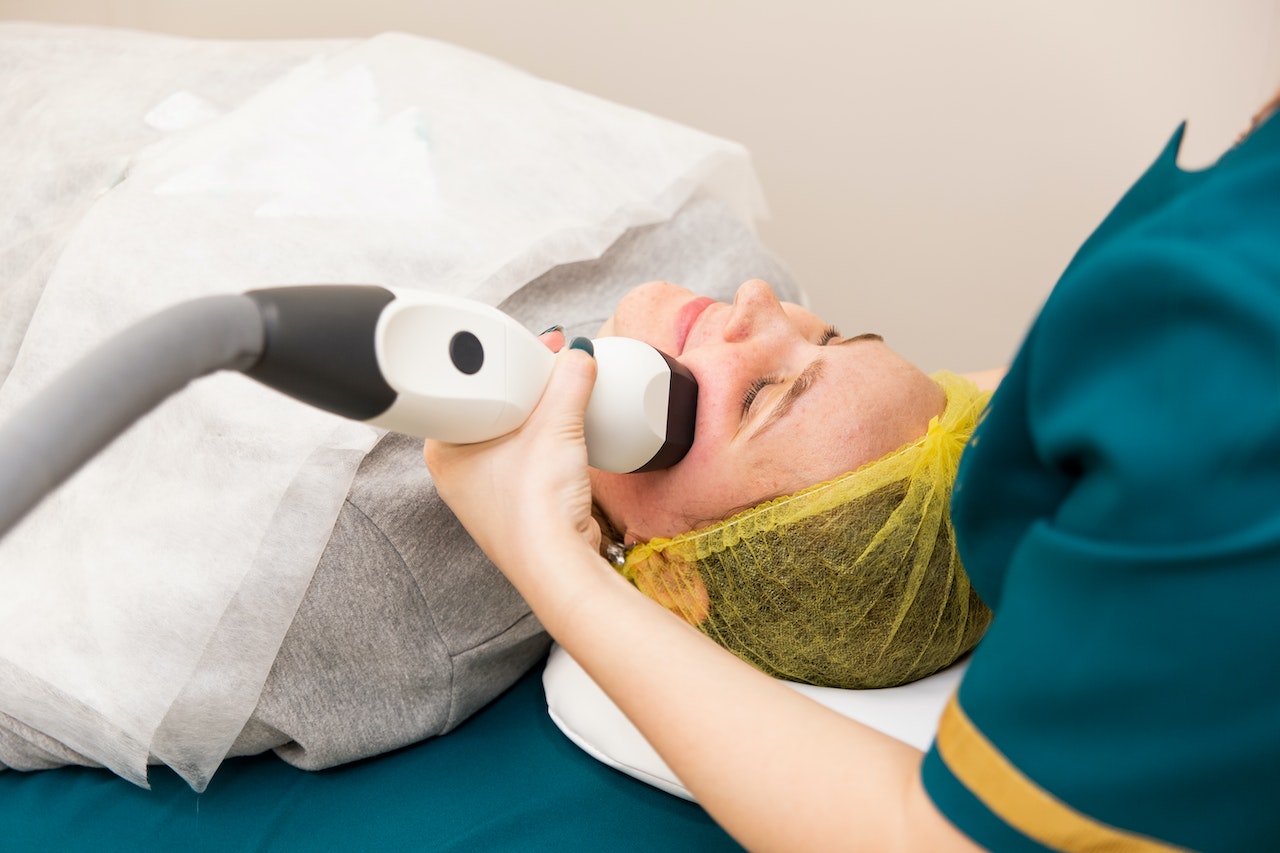

Leave a comment
All comments are moderated before being published.
This site is protected by reCAPTCHA and the Google Privacy Policy and Terms of Service apply.